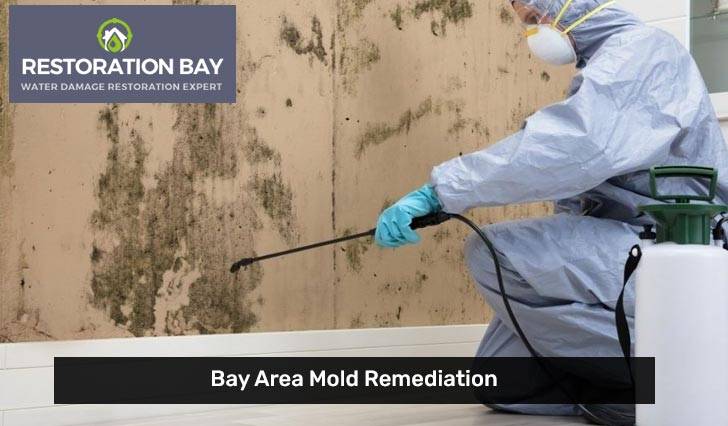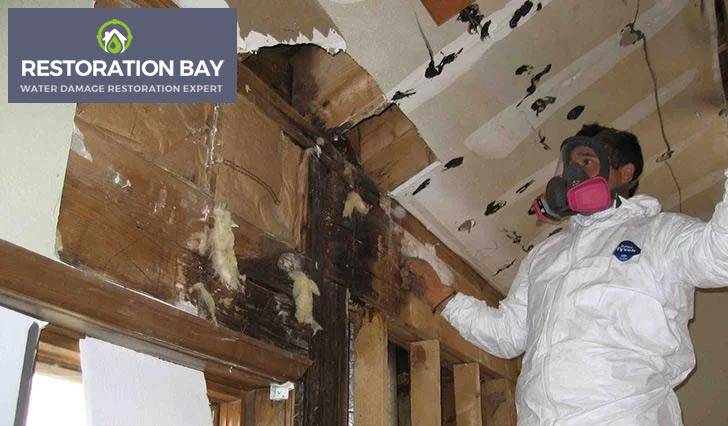- 24/7 Water Damage Emergency
- Direct Insurance Billing
Mold is the fungal growth that can form and spread on any kind of damp or decaying organic matter, as well as surfaces like walls, ceilings, furniture, and the like. Sometimes, it is also called mildew. There might be different species of mold that come in different colors.
They can grow indoors or outdoors in all climates during all seasons of the year. They might also be caused due to roof leakages or as a consequence of water and flood damage.

There are varieties of molds and some can contaminate a home slightly more. Research work has identified more than 100,000 different strains of mold, but they all fit into three categories. Here are the details for readers.
|
Allergenic Mold |
This type of mold can trigger allergic reactions and asthma attacks in anyone who is allergic. Even if you do not have allergies, it can cause slight symptoms. |
|
Pathogenic Mold |
This type of mold can harm people who have immune system disorders. Patients who are recovering from serious illnesses need to be wary of this mold variety. |
|
Toxigenic |
This is the third variant of mold and the most dangerous type. It can cause health problems to people who seem fit and fine right now. |
Here the examples of surfaces that are most likely to be affected by mold:
Excessive mold growth can lead to a number of health issues, especially in children and seniors. Here are some of the common health issues:
When you detect mold growth in your kitchen, bath, or other areas at your home or office. Here are the things that you should do.
Get reliable Bay Area mold remediation services from our professional team at Restoration Bay and keep your home and office free from any health risks.

When you give us a call, we will schedule an appointment at your place. It is recommended that you contact our team of experts as soon as you detect the mold problem to solve it the right way.
The contaminated areas will be thoroughly assessed by our expert team. We use UV light and other tools to determine the exact extent of the problem.
Once the damage is properly assessed, we will develop a plan for the remediation treatment. The plan would be made based on the following aspects:
The area should be secured, and steps should be taken to make sure that the spores don’t spread to other areas of your home or office. The area would be isolated by using a mix of chemicals that control the spread without harming the surface or posing any risk to you or your family.
Mold spores spread through the air. Even after the area is isolated, there might be chances of contamination. So, the air must be cleaned. To achieve that, proper air filtration and cleaning techniques are used.
Before removing the mold, the surrounding area and furniture should be covered. Things like carpet, furniture, or even drywall might need to be removed. After removing the items, the process of mold removal will start. If the affected items can be removed, then they will be taken out to be treated.
Using powerful chemicals, the spores and patches are removed. We might use cleaning tools along with industrial-strength detergent solutions to clean the mold.
The area must be allowed to dry for some time.
After the mold is removed, the area is completely cleaned and sanitized to prevent mold growth in the future.
We would inspect the area one final time to make sure it is safe to move back in. In the case of commercial establishments, official inspection by the government or industrial bodies might be required.
The time taken for fire damage restoration depends on the extent of the damage. In most cases, it takes from a few days to up to a week.
Yes, we would help you take care of the insurance claims process. However, at certain stages, your presence would be required.
In most cases, you might be able to live in your home while restoration work is being done. However, if extensive parts of your home is damaged, then you might have to live elsewhere.